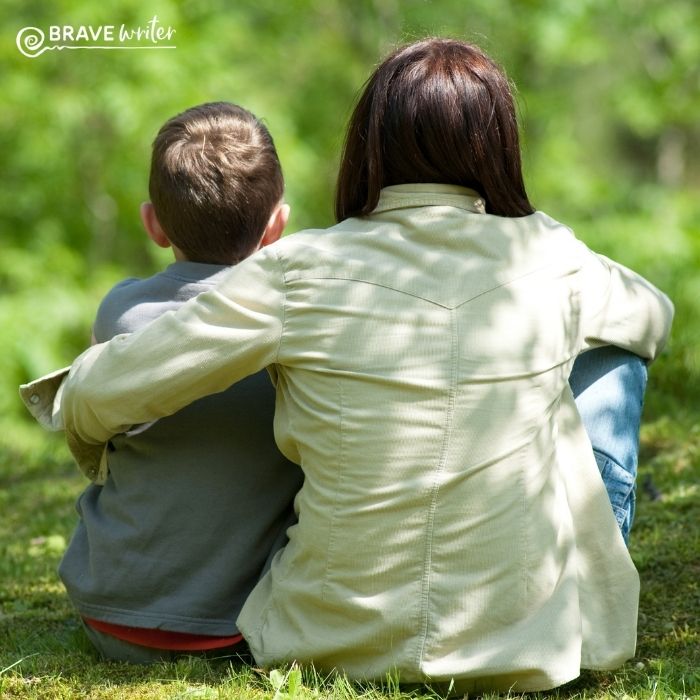The Safest Place to Live

The safest place to live is a home where each person can express individual feelings and needs, and where parents and children can talk about how to meet them creatively, with love.
Sometimes it’s not the math book or the pencil grip or the poetry. Sometimes the complaining and foot-dragging are the result of unmet needs and suppressed feelings. We all pay lip service to the idea that we honor our kids’ experiences and that we care for them when they are hurting.
- But what if that hurt shows up as throwing a fit or condemning the tea party you set up with love?
- What if the child is ornery or cranky or bored or sad?
- What if you are stressed or worried or mad?
Before we can hunker down to the times tables, it helps to take an inventory of how each person is doing. If a child is fighting you, find out what they are actually fighting for: more sleep, a needed cuddle, some humor, a walk outside in the fresh air, a chance to explain how sad they are over getting beat in a game, worry that they can’t complete the assignment by themselves?
If you feel frustrated with resistant kids, can you state your feelings and be heard? You might let them see that vulnerable side—”I put a lot of thought and care into selecting this book, or setting this table, or planning this outing. I feel cast aside when you immediately resist the very thing I took care to do/make for you.” Once all the feelings are out, you can problem-solve together.
There’s a lot of space for recovery when we honor the real feelings that surface. If we go from resistance to insistence, no one wins and we set a pattern that can become an entrenched (no one wins) habit.
Take the time it takes to help everyone feel right side up again, including you.
This post is originally from Instagram and @juliebravewriter is my account there so come follow along for more conversations like this one!


















